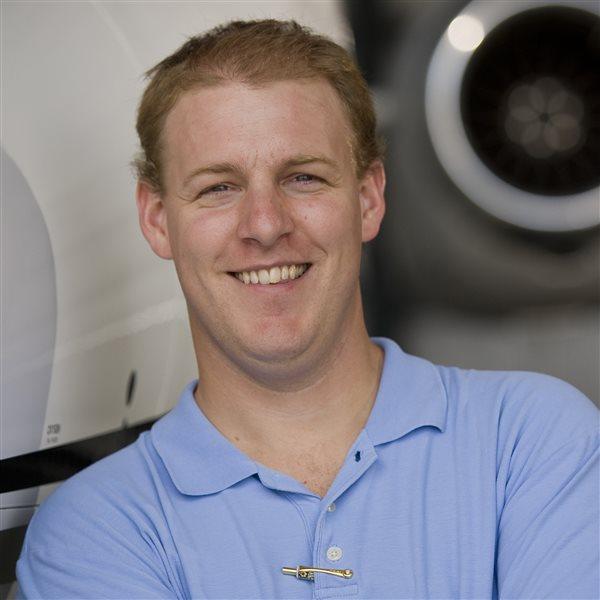Learning to fly is—at least in one respect—the same as trying to lose a lot of weight. Losing 40 pounds seems downright impossible. But losing 10 pounds, and then 10 again, and so on to 40, can be done more easily. Likewise, getting a minimum of 40 hours of flight experience, completing a lot of required tasks, and taking three tests is daunting. Flying 10 or 20 hours to solo, and then taking a few trips and a checkride? Much easier.
Sporty’s Flight Academy in Batavia, Ohio, didn’t invent the idea of making the flight training course more manageable, but it has perfected it. For the past few decades, a student training at Sporty’s would most likely earn a recreational pilot certificate first, and then step up to the private pilot certificate only if and when he or she wanted to. Chief Instructor Eric Radtke says the technique has been effective. “We measure success in student retention,” which he says is well above the national average.
Recently Radtke and his staff took the concept even further and now focus first on the solo. Whether the student is going for a sport, recreational, or private pilot certificate, he or she starts out on the same solo curriculum. The results speak for themselves. “In the past 18 months we haven’t lost a student post-solo,” he said.
Why this focus on getting to solo as the first big achievement works is not a surprise. The fact that we don’t all do this in our flight training is. As Flight Training contributor Rod Machado often says, the first solo is meant to come early in the training as a way to build confidence and pilot-in-command skills.
Sporty’s knows this. It’s why it celebrates when a student solos by taking photos and getting everyone at the school to personally congratulate the student. There’s no point in pushing for a goal if you don’t then celebrate its achievement.
Although Sporty’s has refined the practice of breaking flight training into digestible bites, it doesn’t take a structured flight training curriculum to put the methodology in place with your training. Have a conversation with your instructor and explain that solo is your immediate goal. Hopefully you’ll want to continue beyond that, but how and when will come later. What matters early in the training is maintaining motivation and setting an achievable goal. Then, do what you need to do to make that goal—without worrying about navigation, night flying, instrument skills, or even advanced airwork.
Most pilots can speak of their first solo in great detail. They can tell you what it felt like taking off for the first time without the instructor, and how each landing went. And that’s because flying an airplane solo is a life-changing experience. One that is more than enough motivation to make it through the fairly small amount of studying required to do so. It’s also a glimpse into a future where you will fly an airplane where you want, when you want. Just ask the pilots doing that today in Batavia.



